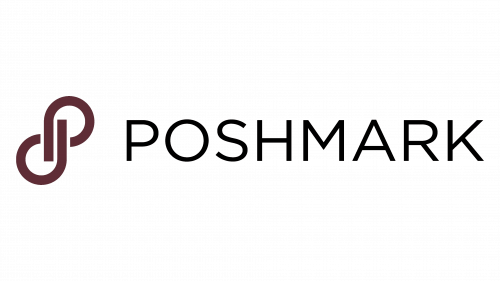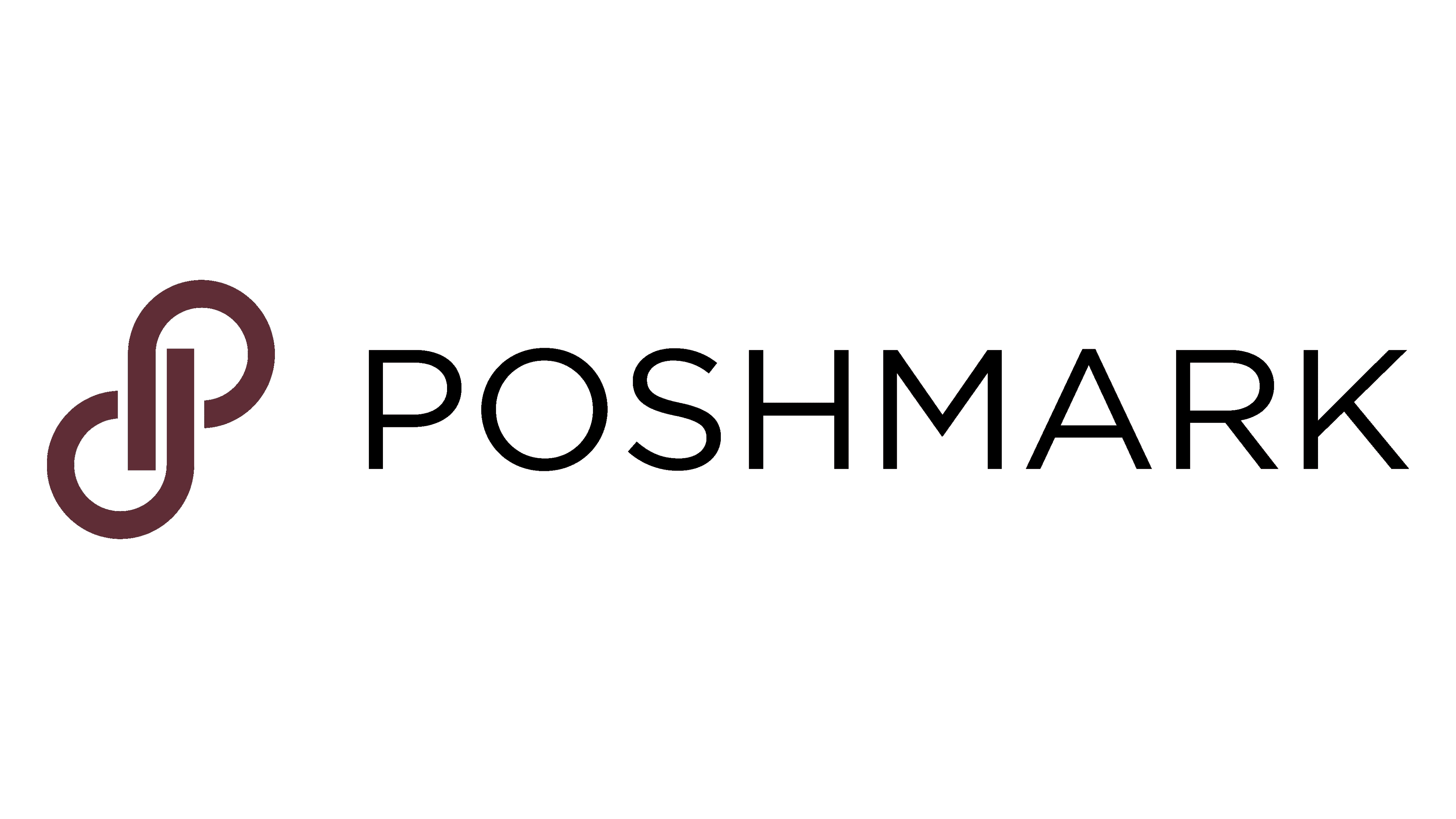Poshmark Logo
Poshmark is a social e-commerce platform where users can buy and sell new or used fashion items, accessories, and home goods. Emphasizing community engagement, it offers a unique blend of retail and social networking. Users create their own virtual closets to showcase items, follow others, share listings, and participate in themed selling events. Poshmark simplifies the selling process by providing prepaid shipping labels. Its user-friendly interface and emphasis on social interaction make it a popular choice for fashion enthusiasts and bargain hunters alike.
Meaning and history
Poshmark, launched in 2011 by a team of innovators – Manish Chandra, Tracy Sun, Gautam Golwala, and Chetan Pungaliya, emerged as a groundbreaking platform in the online fashion resale sphere. Originating from the simple yet powerful idea of digitizing the concept of a personal closet, its roots can be traced to the closet of Chandra’s wife, serving as the initial muse.
The platform distinguished itself by seamlessly integrating elements of social networking into the e-commerce experience, initially focusing on women’s fashion. This approach rapidly gained traction, with Poshmark becoming synonymous with a novel way of shopping online.
Central to its ascendancy were the interactive and community-focused features. Poshmark cultivated a unique culture where its users engaged beyond transactions – they formed connections, shared fashion insights, and participated in Posh Parties, which are time-sensitive, theme-based buying/selling events.
The scope of Poshmark’s offerings broadened swiftly, incorporating categories like men’s and kids’ wear and diversifying into home goods. The ease and simplicity of its selling process, characterized by hassle-free photo uploads, price autonomy, and straightforward shipping, were pivotal in attracting sellers.
By 2015, Poshmark had evolved into a multi-million user platform, boasting an impressive gross merchandise volume in the billions. The onset of the COVID-19 pandemic in 2020 catalyzed a surge in online retail, with Poshmark at the forefront, tapping into the escalating trend of sustainable and second-hand fashion.
The company’s 2021 IPO was a landmark event, significantly elevating its market value and underscoring its influence in the fashion resale domain. However, the journey wasn’t without hurdles, as it navigated competitive pressures and shifting consumer preferences.
In its current form, Poshmark stands as a dynamic fusion of technology, fashion, and community. It’s more than a marketplace; it’s a vibrant, interactive community that redefines the paradigms of fashion consumption, emphasizing sustainability and the joy of shared style experiences.
What is Poshmark?
Poshmark is a pioneering online marketplace that blends the worlds of social media and e-commerce, primarily focusing on fashion. It empowers users to buy and sell clothing, accessories, and home decor items through a community-driven platform, encouraging interaction and style sharing among its members.
2011 – Today

The logo presents a stylized amalgamation of the letter “P”, representing the brand Poshmark. Crafted with a smooth, continuous line, the design suggests a loop or link, symbolizing connection and continuity. The color palette is a rich, deep maroon, exuding a sense of sophistication and style, aligning with the brand’s fashion-forward image. The font for the brand name is clean and modern, with an all-caps format that speaks to the brand’s confidence and presence in the market. The simplicity of the design ensures versatility and recognizability, crucial for digital and physical branding.










